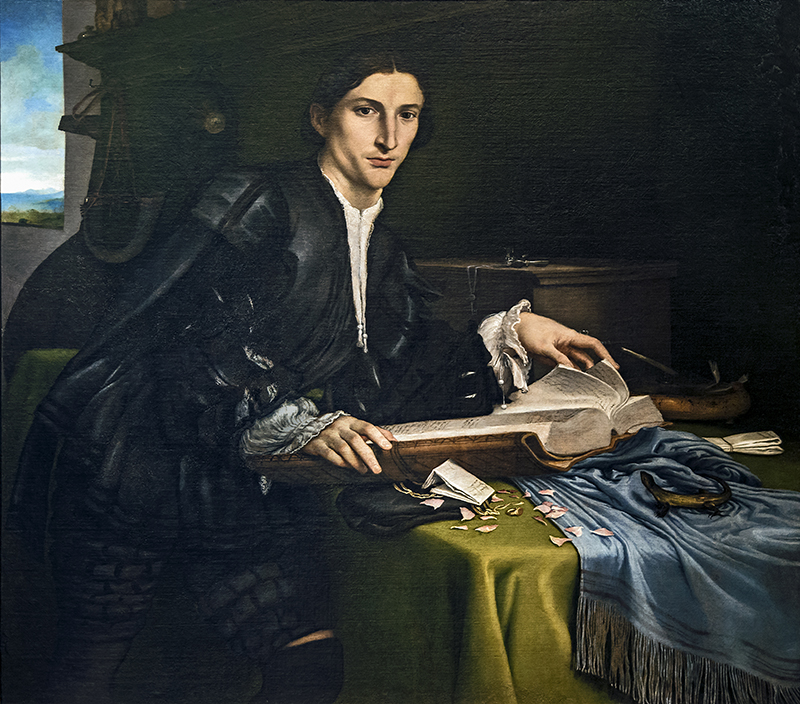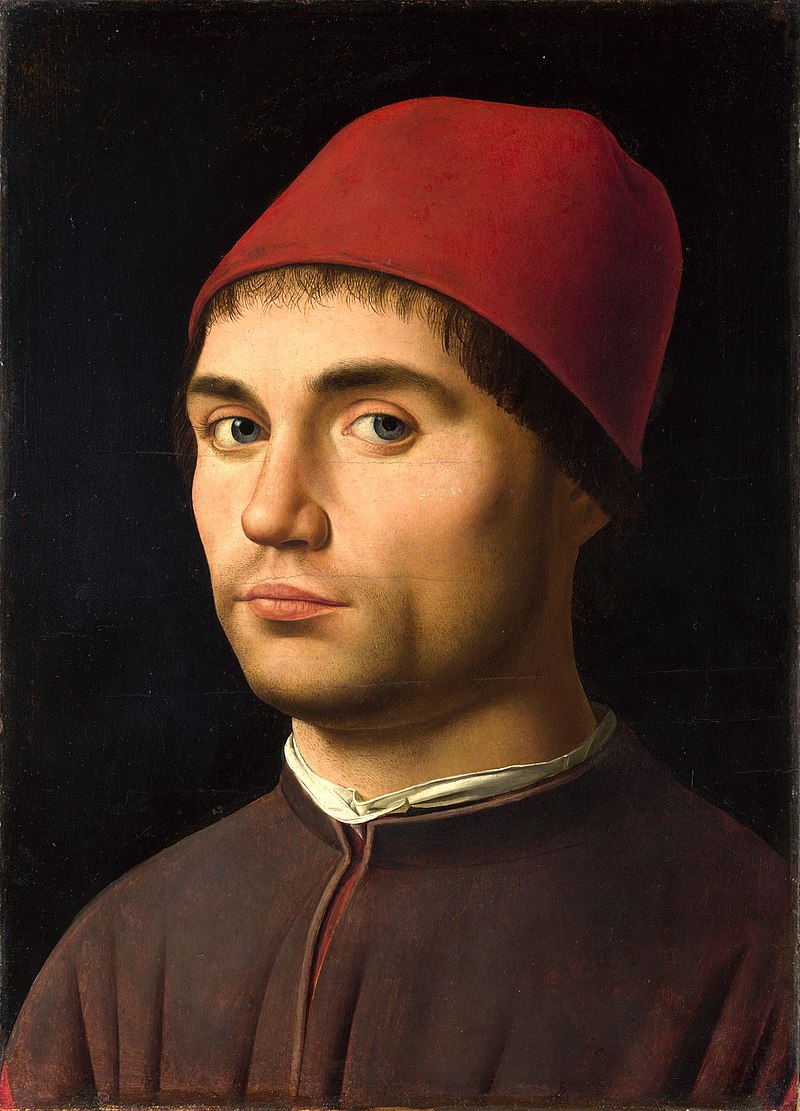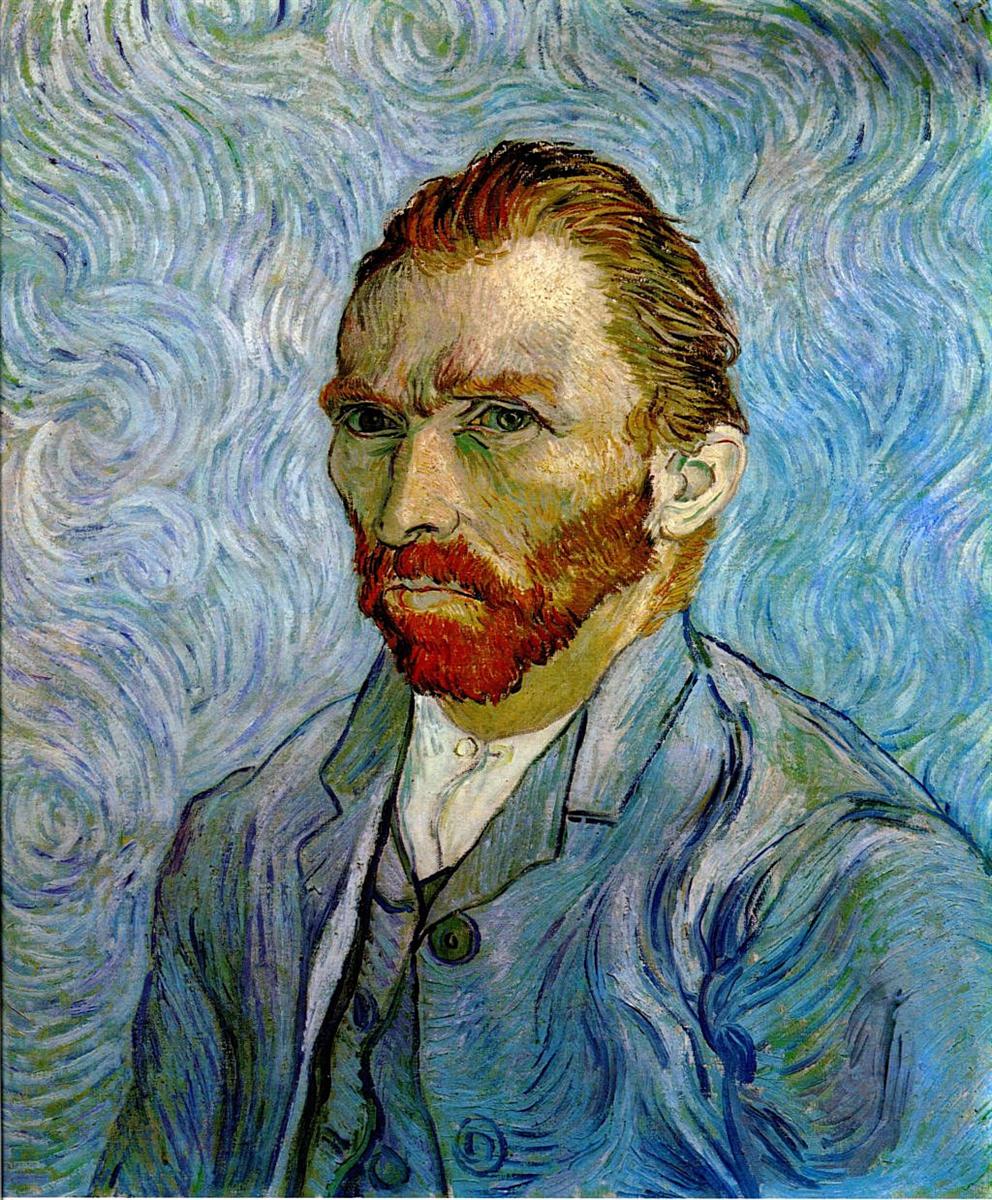With the evolution of art, the same development of the portrait genre has changed course towards more intimate and abstract banks. However, to learn reading a portrait it is important to know about its evolution.
The role of Portraiture
Portraiture has played a significant role in every era of art. Before the advent of photography, portraiture was the only way people could represent themselves. Initially commissioned by noble families, the portraits had to respond to a series of needs. How to testify to family value, a specific profession, or convey social and political messages. As a result, the artist was entrusted with the task of communicating a lot through a single image.

Despite the alleged total loyalty to the subject, the portrait is much more than a mechanical reproduction of physical peculiarities. In the process the sensitivity of the artist comes into play, as well as the artistic currents of an era. In the history of art there have been artists who practiced the genre extensively, if not almost exclusively. These types of works are often full of references that can go unnoticed to an untrained eye. As particular skills of the artist, or clue elements related to the person in the portrait.
Objects often serve a symbolic function. They become means by which representing particular ideas, concepts or events. The same pose and clothing of the painted person can outline the story that the painter wants to communicate. To read a portrait, in any case, you have to start with two main questions. These are: why was the portrait created? And, what purpose did it serve? Only by understanding the intent behind the work is it possible to clearly distinguish the symbols for reading a portrait.
The History of Portraiture
Hellenistic and Roman examples show that the Portrait has been of fundamental importance since ancient times. However, over time, its role has changed depending on how it was used. Emperor Octavian Augustus was among the first to use it as a tool for political propaganda. In particular, the emperor wanted a statue of him in all the colonies of the Empire. In other cases, the portrait conveys a celebratory commendation. A significant example is that of Commodus who got himself painted in the guise of the hero Hercules. If the portrait mystified, in more recent times it has become an instrument of demystification. For example, Francis Bacon’s portraits bring the pictorial representation to the extreme limit of the disappearance of the body. In those of Andy Warhol, on the other hand, the portrait becomes serial and glamorous.
The Portrait from 1400 to 1500

With the rediscovery of classical culture, the fifteenth century is definitely the period in which portraiture regains an artistic centrality. In this period the ideology at the base of all the arts recognizes the man as the cornerstone of the universe. Numerous portraits from this period reflect the social fabric of the time. Not only princely courts, but exponents of the rising bourgeoisie also become subjects of portraiture.
In the sixteenth century the genre begins to know a certain diversification. After Leonardo’s studies, the portraitists refined the physiognomic representation of the figures. If before the portrait was in profile and half-length, in the sixteenth century the portrait was mainly in full or three-quarter shape. In this century the state portrait also became the official icon of political propaganda.
With the advent of the Baroque in the seventeenth century there is a formal compositional representation. The portrait serves to enhance the European rulers and becomes a vehicle for promoting monarchical absolutism. Probably for this reason, are used canvases of large proportions in which the subject of the work is full-length.
The Portrait from 1700 to 1800

In the eighteenth century, however, the advance of Enlightenment theories meant that there was a more homogeneous representation of the society of the time. Even the most marginal classes find their place in artistic representations. Along with a series of “popular” paintings, bourgeois portraiture developed even more. Reading a portrait becomes a more intricated process. The subjects of these works are represented at work and in their homes. In colloquial and daily environments. The figure of the bourgeois hero fascinates the collective imagination and becomes an unusual protagonist of the portraiture of the time.
In England numerous painters became famous in this field: among them there are Joshua Reynolds, founder of the Royal Academy Thomas Gainsborough, and George Romney.
With the nineteenth century the genre of the portrait spread throughout Europe with a particular interest in the self-portrait. There were self-portraits already in the fifteenth century, but they appear in marginal contexts. In the nineteenth century, however, self-exhibition becomes for some a manifestation of their pictorial virtuosity. Flemish artist Vincent van Gogh is a remarkable example of this trend. Van Gogh paints himself because he considers his person central to his painting, at the point to dedicate a self-portrait to every step of his artistic evolution.